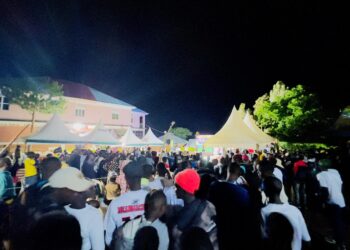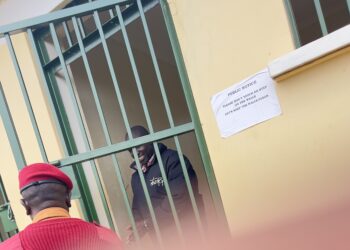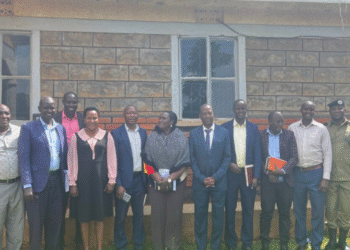Last week, a heated WhatsApp debate erupted over why Kapchorwa and the wider Sebei region continue to lag behind in coffee production compared to areas like Greater Masaka. While some participants blamed local farmers for lacking seriousness, I argued that the real issue lies deeper, in systemic misgovernance, historical neglect, and uneven development policies.
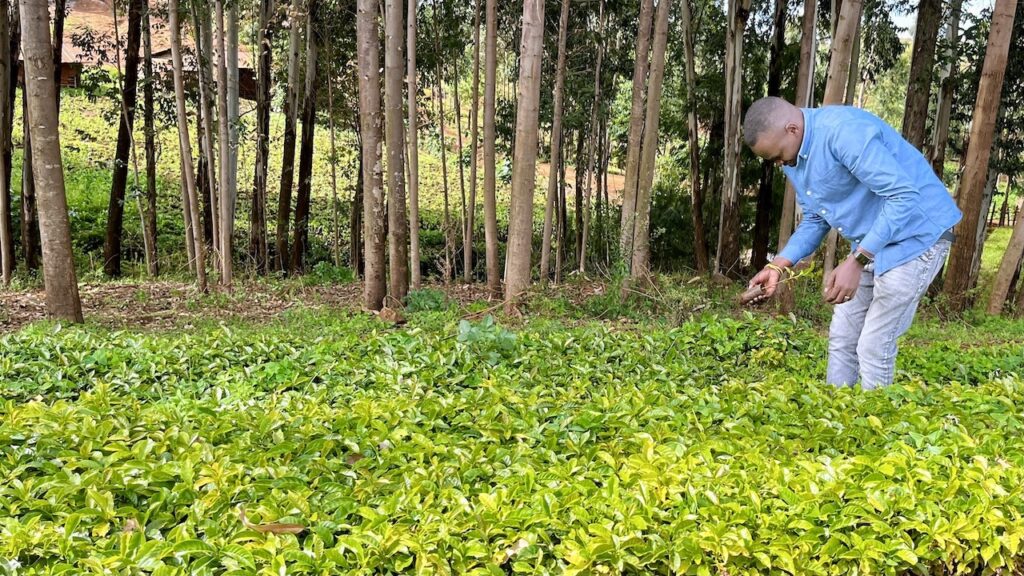
A technical agronomist (Let’s call him Mr. Man for this article) countered my position, claiming, “There are no serious coffee farmers in Sebei, just jokers.” While his on-the-ground experience deserves respect, his conclusion misses the mark. The challenges he observes—small-scale farming, low yields, and absent large investors—are not evidence of farmer incompetence, but rather symptoms of decades of governance failures. Let me explain why.
First, consider the issue of security. Mr. Man questioned why Sebei lacks 100-acre coffee estates like those found elsewhere. The answer lies in the region’s persistent insecurity. Since post-independence, cattle raids and border conflicts have displaced over 100,000 people in Sebei, with hundreds killed, according to the Uganda Human Rights Commission. Reports of waking up to green branches in villages are fast becoming common, with thieves picking red berries at night. Coffee requires 3-5 years of stable investment before the first harvest can be realised. Which rational farmer would commit to such long-term investments when raids could destroy their livelihood overnight? The state’s failure to provide basic security has effectively capped the region’s agricultural development at subsistence levels.
Next, let’s examine access to resources. Greater Masaka’s coffee success isn’t accidental! It is built on better access to financing and support. Data from the Bank of Uganda shows Sebei has just 1.1 commercial bank branches per 100,000 adults, compared to 4.3 in Bugisu and Masaka. The Ministry of Agriculture’s 2022 report reveals Sebei’s extension worker-to-farmer ratio stands at a dismal 1:1,800, far worse than the national target of 1:500. When farmers lack credit, training, and quality inputs, how can we blame them for low productivity? And if the government doesn’t deliberately create the means to this, the private sector can only go so far.
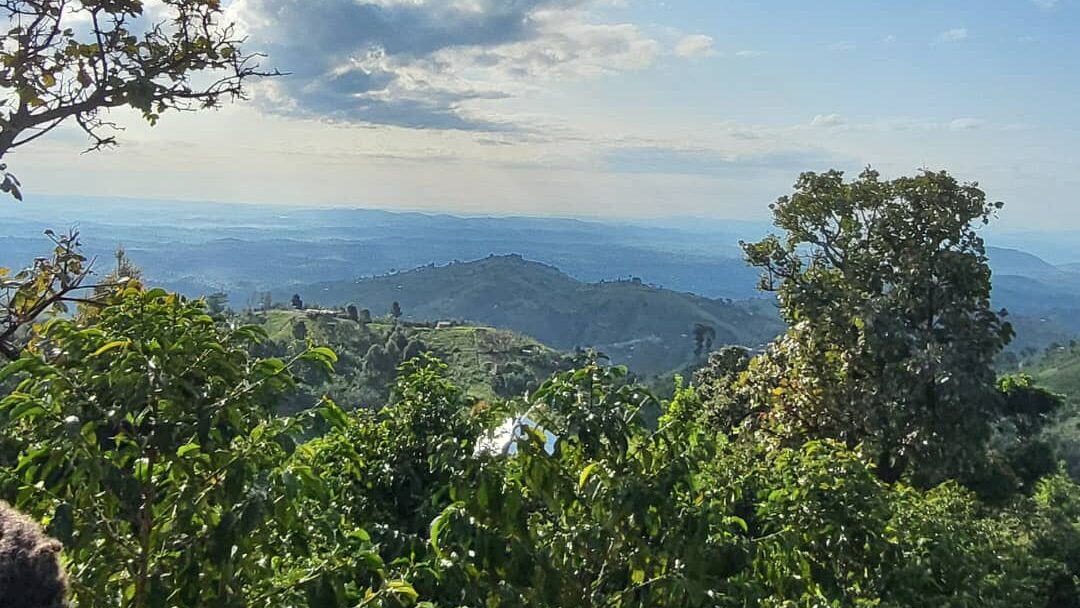
The collapse of cooperative structures presents another governance failure. Nearby, the Bugisu region benefits from the robust Bugisu Cooperative Union, serving over 200,000 farmers. Meanwhile, Sebei’s cooperatives have withered from neglect. As a result, Uganda Coffee Development Authority reports show Sebei farmers receive 30-50% less than the market price as they’re forced to sell to middlemen like Kyagalanyi, Kawacom, and the like. Strong institutions create strong farmers—their absence is a policy choice, not an accident.
Infrastructure disparities tell a similar story. While the president has previously joked to the masses at rallies in Sebei, stating that “tarmac is not food,” the numbers reveal a harsh reality. UNRA data shows just 19% of Sebei’s roads are paved compared to 62% in Masaka. Electricity access for agro-processing stands at a mere 8% in Sebei. These deficits raise production costs and deter investment, yet they persist due to uneven development priorities. To expect a thriving coffee sector amidst such predicaments is nothing but a dream.
At the local government level, the situation grows even bleaker. Agricultural budgets in Sebei’s subcounties average below 5%, far short of the national 10% pledge. A World Bank study found 40% of extension workers admit to being “rarely present.” Whereas government claims that creating of more administrative units brings services closer to the people, the bitter reality is that those units hardly have budgets for activities. The taxpayer is instead burdened with the need to finance the wages of office bearers and nothing more. When the systems meant to support farmers are underfunded and unaccountable, can we truly blame farmers for struggling?
Finally, consider Sebei’s shifting agricultural identity—from wheat in the 90s to barley in the 2000s and now cabbage and irish potatoes potatoes. This instability reflects not farmer indecisiveness, but the absence of coordinated value chain development. Where government is not investing in research, innovation and direction, short-term gain investors will always direct farmers to their interests. The long-term gain of investing in 100 acre coffee farms is quickly surrendered for three month yields that are even known to quickly degrade on soil fertility. While countries like Ethiopia have successfully built global coffee brands through state support, Uganda’s laissez-faire approach has left marginalized regions like Sebei to fend for themselves.
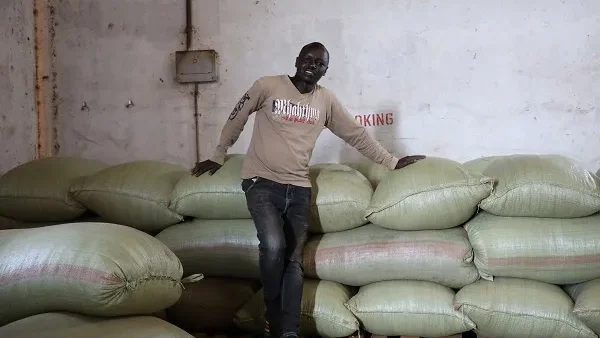
The solution lies in fixing governance. We need urgent security reforms to enable long-term investments. Cooperatives must be revived with transparent management. Agricultural budgets require strict enforcement to meet national commitments. Infrastructure development must become a priority, not a punchline.
Sebei’s farmers have shown remarkable resilience despite these challenges. They’re not the problem—they’re waiting for a system that finally works for them. The question remains: when will governance rise to meet its potential? Until then, they are on their own.





